- Joined
- Jan 7, 2012
- Messages
- 14,072
- Reaction score
- 22,813
Old taxie company office bldg demo'd.
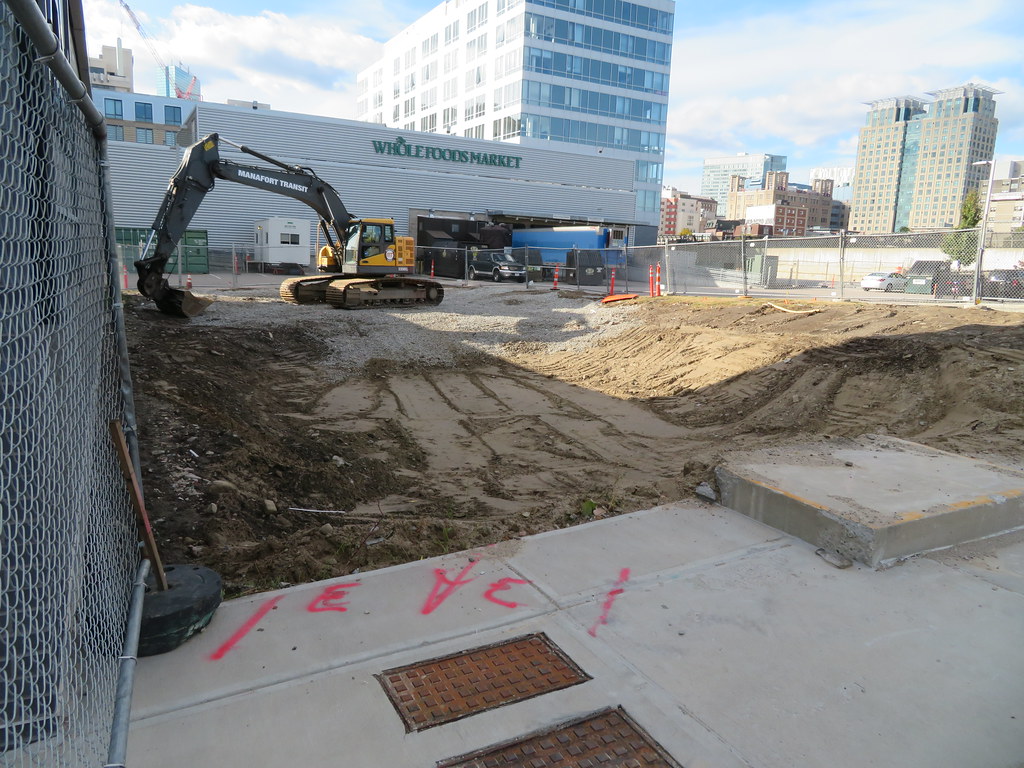 IMG_3420 by Bos Beeline, on Flickr
IMG_3420 by Bos Beeline, on Flickr
 IMG_3422 by Bos Beeline, on Flickr
IMG_3422 by Bos Beeline, on Flickr
 IMG_3423 by Bos Beeline, on Flickr
IMG_3423 by Bos Beeline, on Flickr
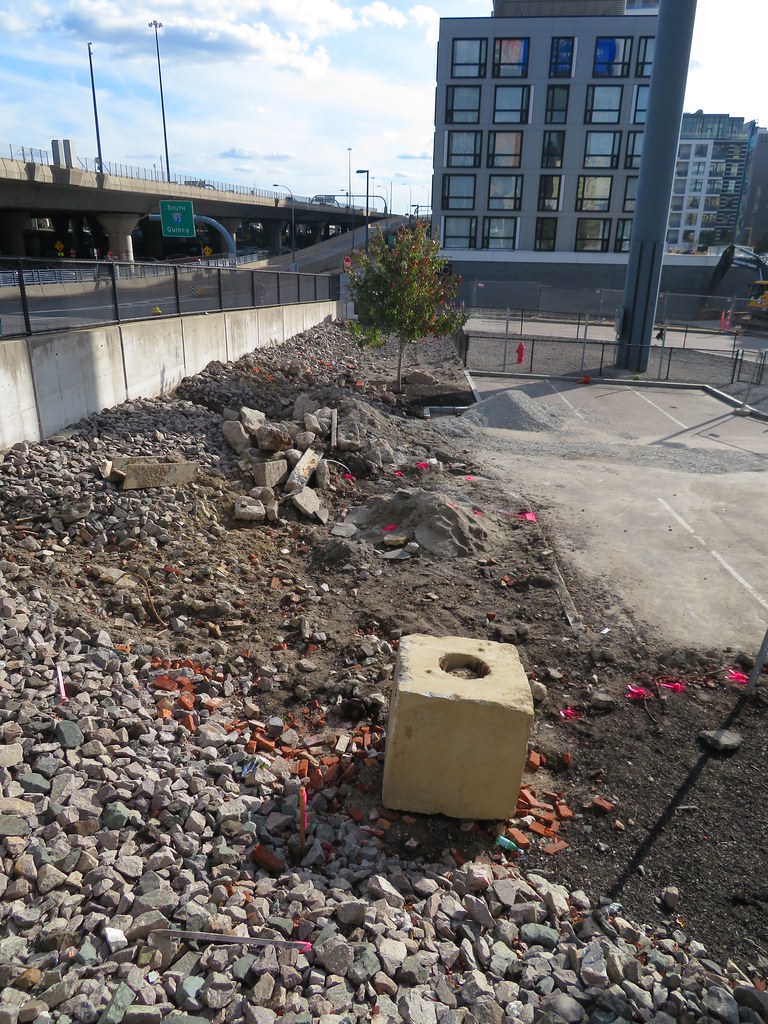 IMG_3426 by Bos Beeline, on Flickr
IMG_3426 by Bos Beeline, on Flickr
 IMG_3420 by Bos Beeline, on Flickr
IMG_3420 by Bos Beeline, on Flickr IMG_3422 by Bos Beeline, on Flickr
IMG_3422 by Bos Beeline, on Flickr IMG_3423 by Bos Beeline, on Flickr
IMG_3423 by Bos Beeline, on Flickr IMG_3426 by Bos Beeline, on Flickr
IMG_3426 by Bos Beeline, on Flickr
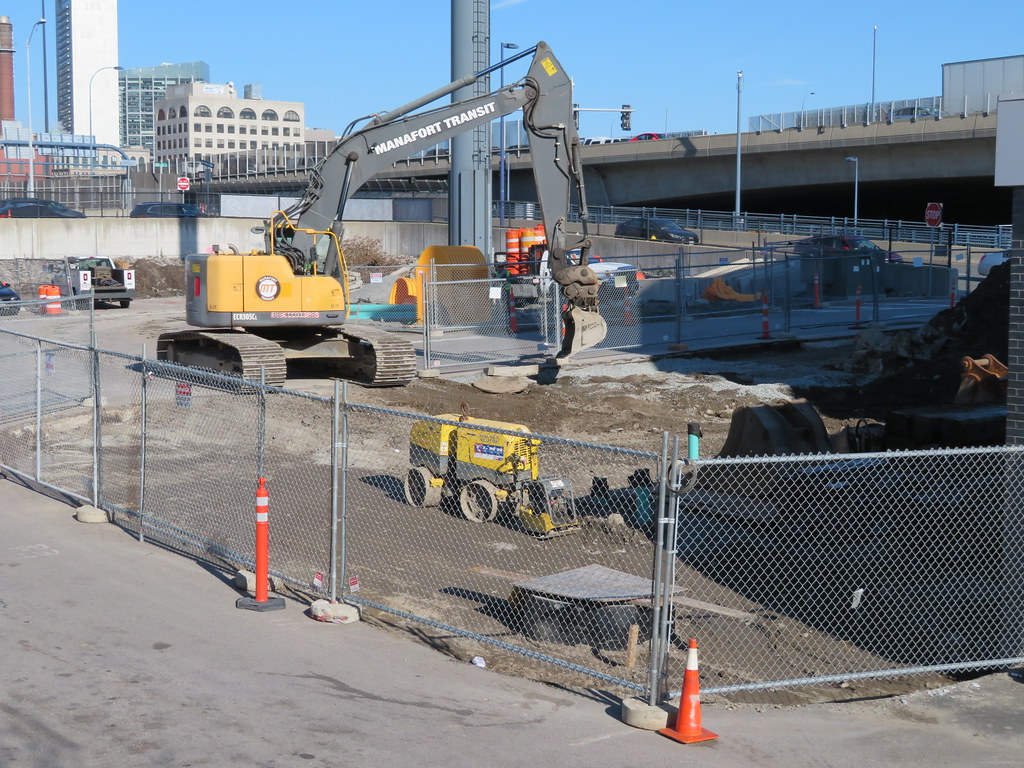 IMG_5422
IMG_5422
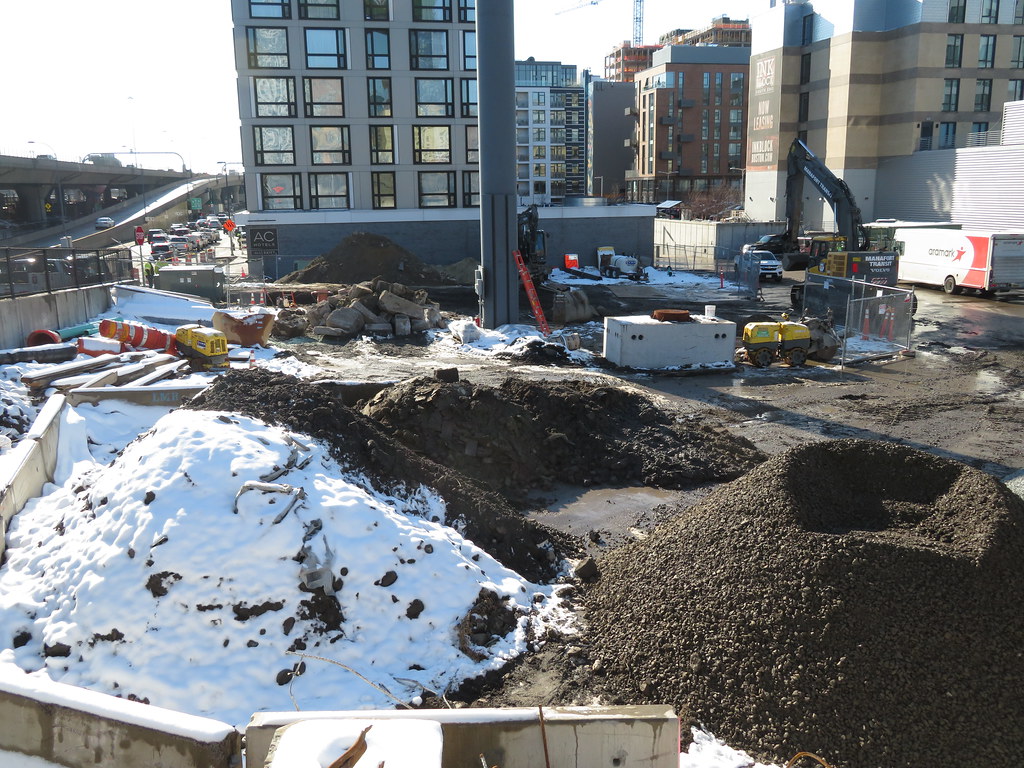 IMG_7924
IMG_7924 IMG_7930
IMG_7930 IMG_7928
IMG_7928 IMG_9400
IMG_9400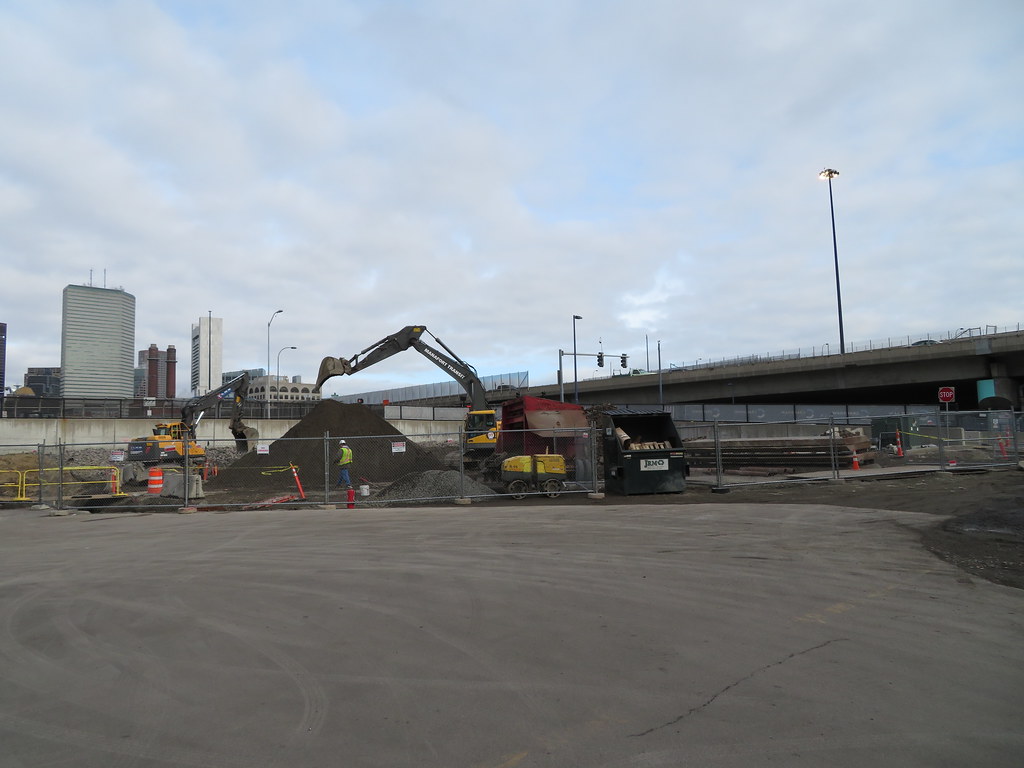 IMG_9401
IMG_9401 IMG_9402
IMG_9402 IMG_0869
IMG_0869 IMG_0870
IMG_0870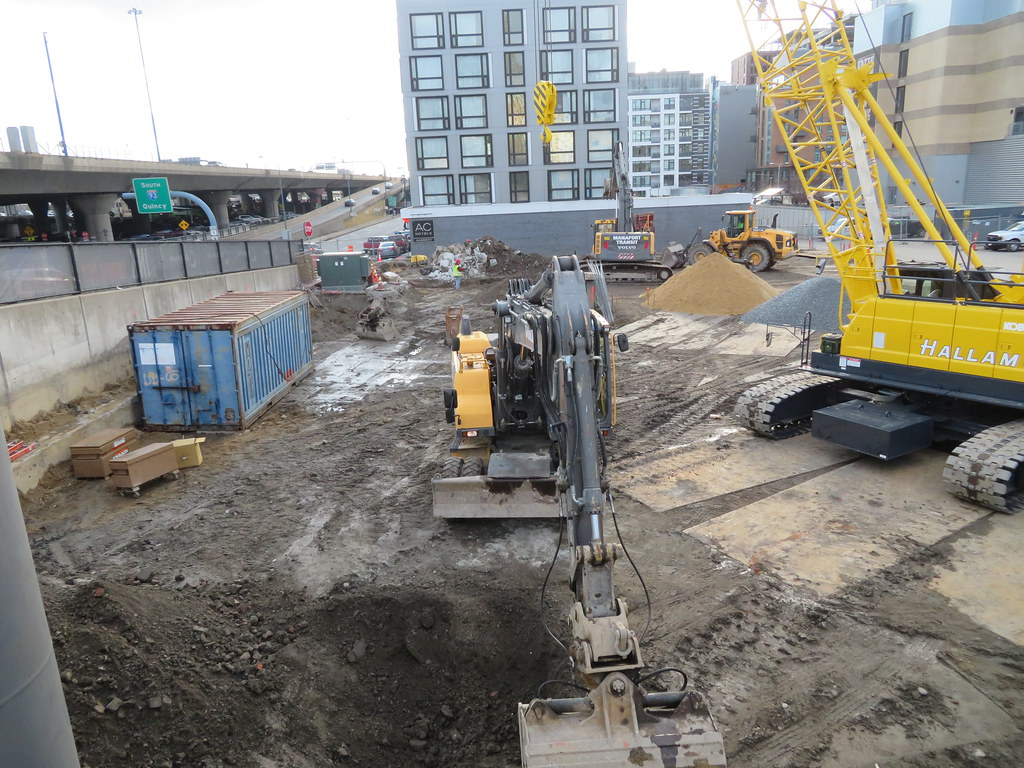 IMG_0871
IMG_0871 IMG_0876
IMG_0876 IMG_0878
IMG_0878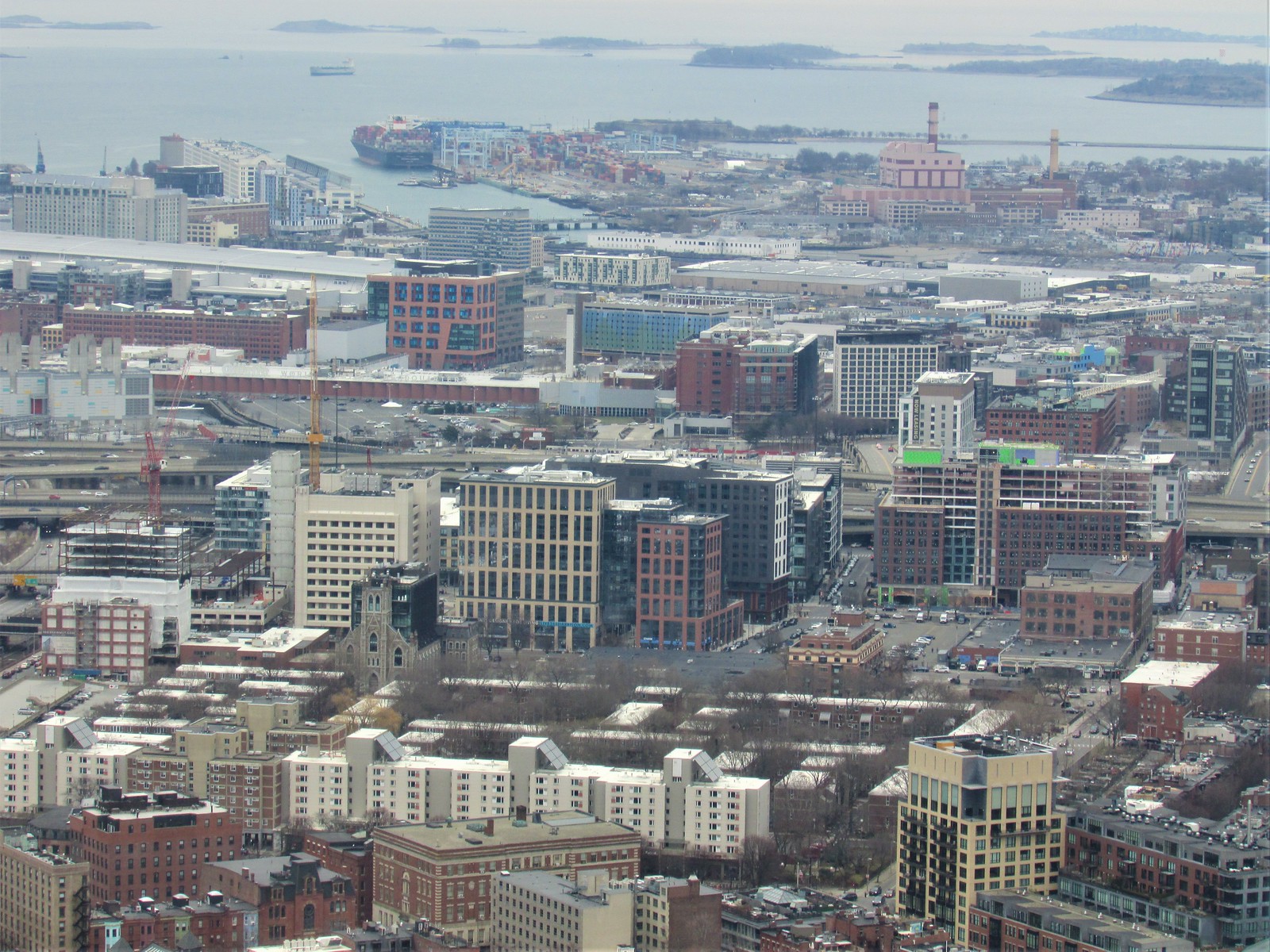 IMG_0071
IMG_0071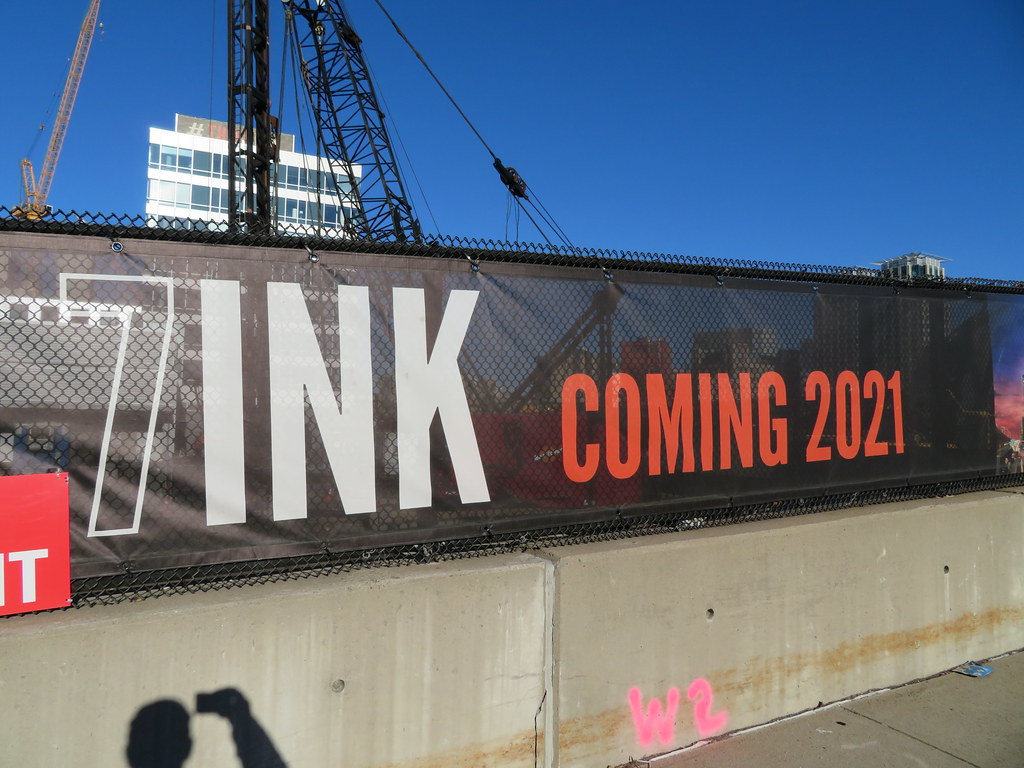 IMG_1823
IMG_1823 IMG_1820
IMG_1820 IMG_1824
IMG_1824 IMG_1826
IMG_1826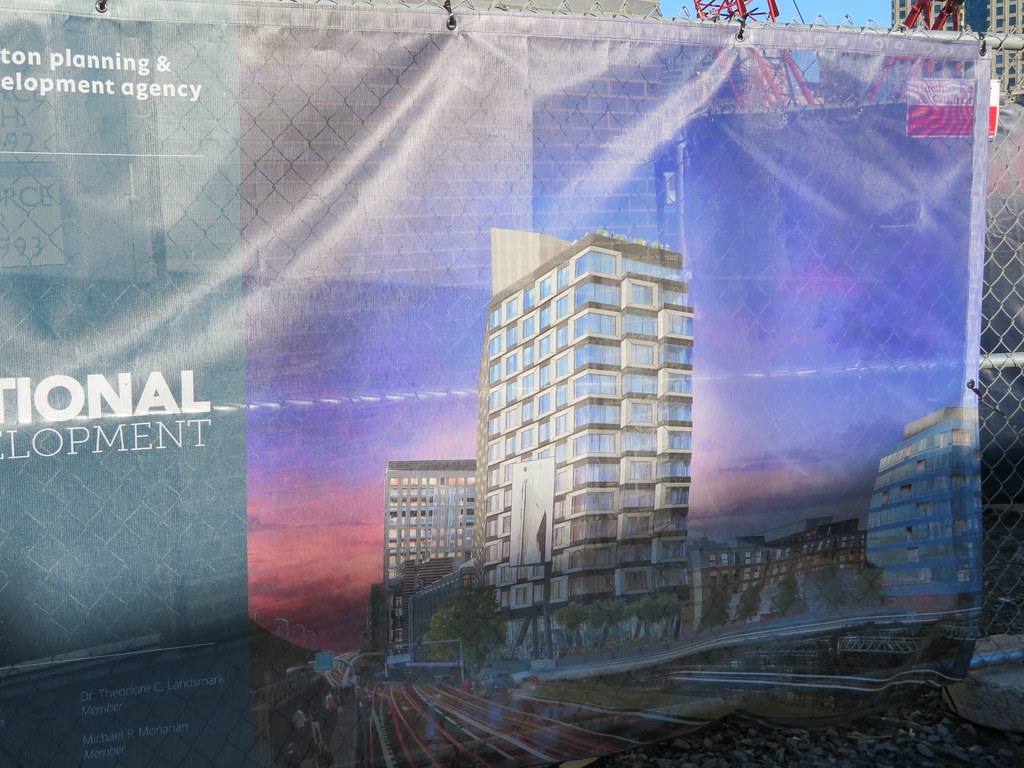 IMG_1827
IMG_1827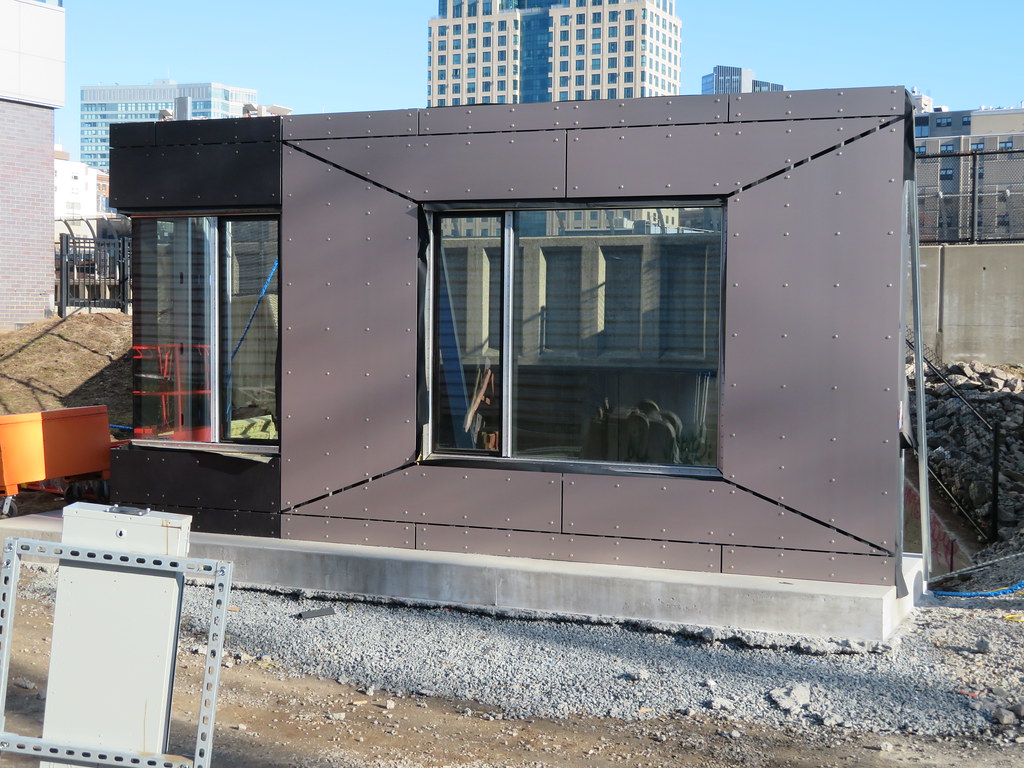 IMG_1830
IMG_1830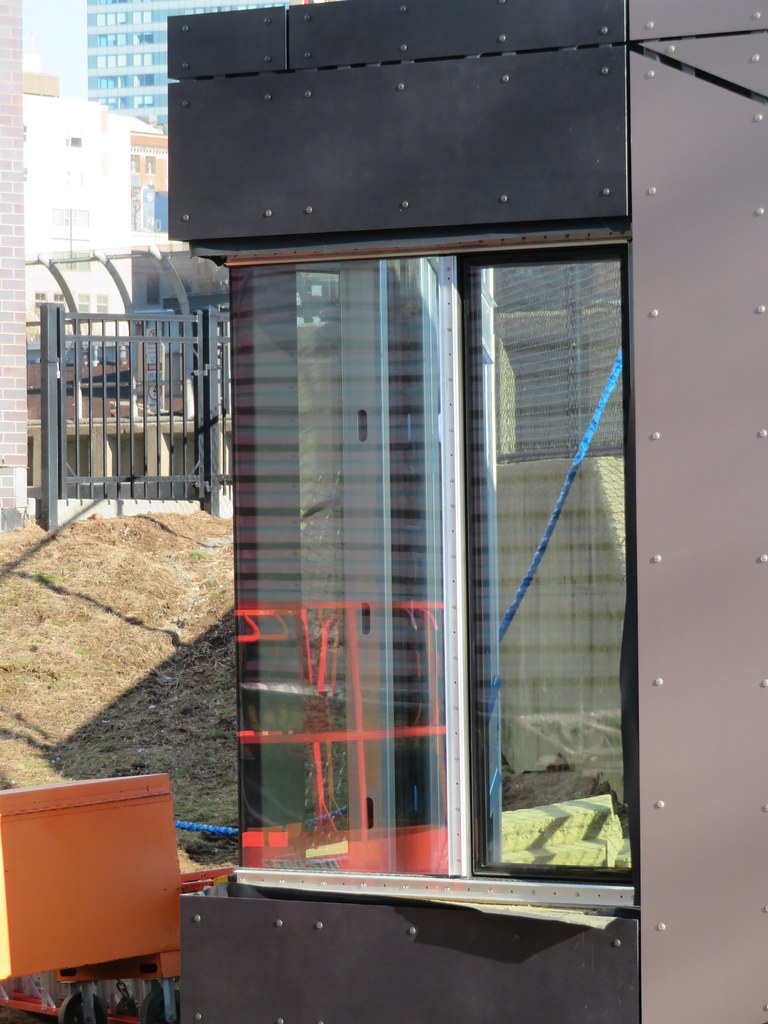 IMG_1831
IMG_1831 IMG_1829
IMG_1829 IMG_1832
IMG_1832